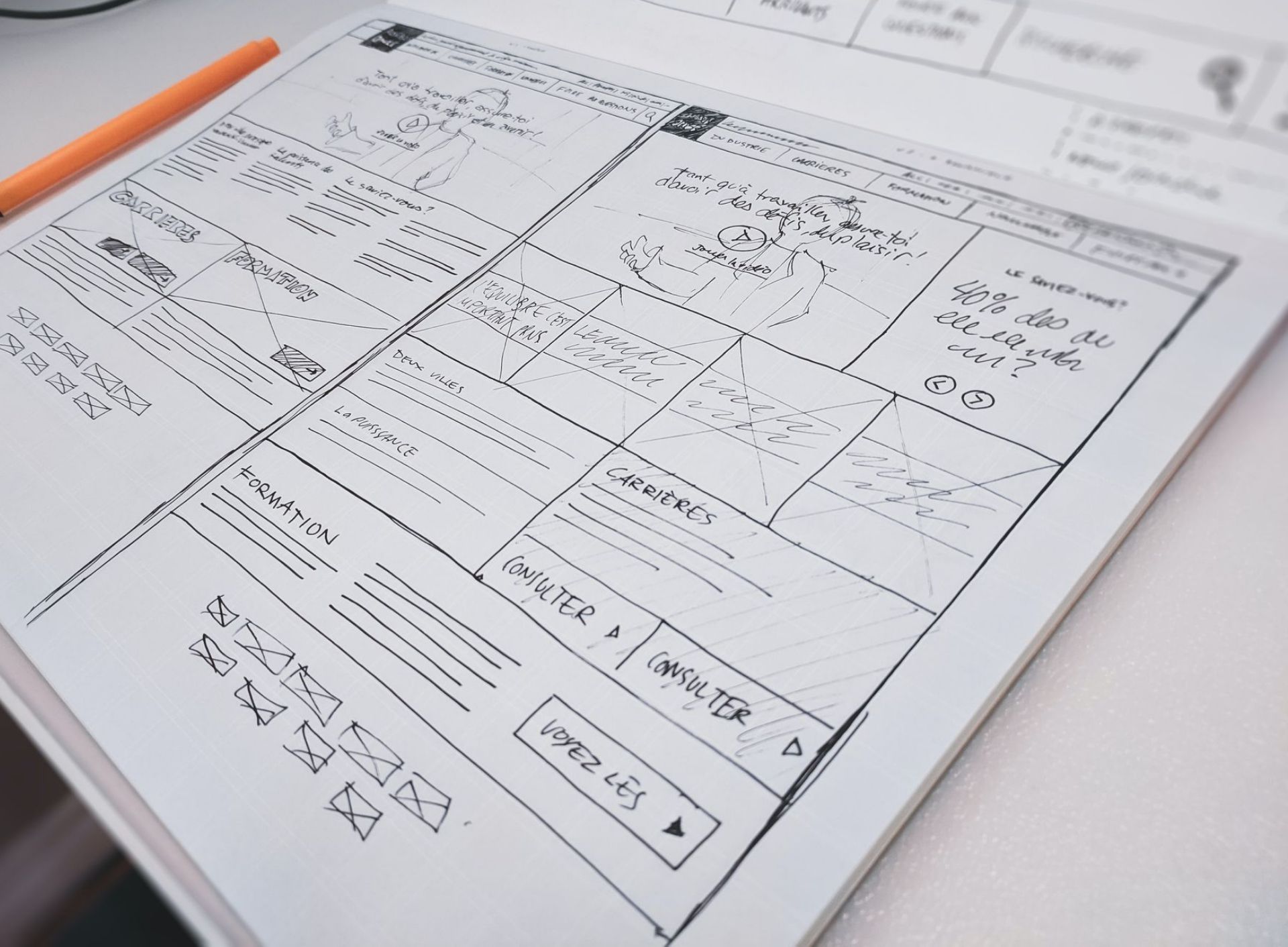
My User-Centered Design Approach: Where Innovation Meets Business
Designing meaningful experiences starts with understanding people—not just their needs, but their motivations, pain points, and aspirations. That’s why User-Centered Design (UCD) has been at the core of my process for the last 20 years. Whether I’m working on an education platform that helps school districts streamline their processes or leading the design of an award-winning government system, my focus is always on delivering solutions that truly work for the users.
But it doesn’t stop there. I firmly believe that great design must balance innovation with business objectives. Solving user problems is just one part of the equation—design also needs to drive results. Whether it’s boosting conversion rates in an e-commerce flow or ensuring the scalability of a game design, my approach ensures that user needs and business goals align seamlessly.
This is where my experience as a design generalist really shines. Having worked across a wide spectrum of disciplines—UX design, UI design, front-end development, research, game design—I bring a holistic view to problem-solving. I’m not just focused on one part of the puzzle; I thrive on connecting the dots across strategy, creativity, and implementation. My ability to move fluidly between these roles gives me the flexibility to adapt to different challenges, industries, and team dynamics.
From hands-on prototyping to leading cross-functional teams, my goal is to ensure that every project I touch delivers the best possible experience for users while also driving key business outcomes. I don’t just design for today—I design for sustainable growth, future-proofing products and platforms in ways that scale and evolve with user needs and business strategies.
In this section, you’ll get a closer look at my UCD process and how my generalist skill set plays a crucial role in solving complex design problems from innovative and business-driven perspectives.
The Stages of My User-Centered Design (UCD) Process
1. Empathize & Research
Design isn’t just about solving problems—it’s about solving the right problems. The first step in my User-Centered Design process is empathy: deeply understanding the people who will use the product, system, or service. By putting myself in the users’ shoes, I uncover their needs, motivations, and challenges, helping me shape the best possible solution from the very start.
User Research: I employ a mix of qualitative and quantitative research methods—user interviews, surveys, field studies, and analytics—to gather insights. Whether it’s conducting one-on-one sessions with educators in school districts while working at LINQ or engaging in playtesting with gamers at Jaguar Games, understanding the user is my top priority.
Market & Competitor Analysis: Alongside user research, I always ensure that I’m aware of market trends, competitors, and industry benchmarks to deliver a solution that stands out.
Real-World Example: At Jaguar Games, I conducted in-depth research with players to understand what makes them feel connected to a game. This empathy-driven insight directly informed the game design, resulting in higher player retention and satisfaction.
2. Define the Problem
Once I’ve gathered enough insights, it’s time to clearly define the problem. This phase is critical because a well-defined problem ensures that the solution will be both impactful and targeted.
Synthesizing Research: I use empathy maps, journey maps, and personas to synthesize findings and paint a clear picture of the user’s world. At this stage, collaboration with stakeholders is key to aligning user needs with business goals.
Creating Problem Statements: Armed with research, I craft precise problem statements that serve as the foundation for the entire design process. These statements help focus the design effort and ensure that the team is aligned on what we’re trying to solve.
Real-World Example: When working on ArmyIgnited, I identified critical pain points for both students and administrators using the platform. Defining these challenges early on helped us create a streamlined solution that improved the user experience while meeting the Army’s strategic goals.
3. Ideation & Brainstorming
With a clear understanding of the user’s needs and the problem we’re solving, I dive into ideation. This is where creativity meets strategy, and the goal is to generate a range of potential solutions.
Brainstorming: I lead collaborative sessions with stakeholders, designers, and developers, encouraging a free flow of ideas. By incorporating techniques like mind mapping and design sprints, I ensure that even the wildest ideas get explored.
Wireframes & Sketches: During ideation, I often create rough wireframes or sketches to visualize ideas and explore potential user flows. This helps in quickly testing concepts and iterating on them before diving into detailed designs.
Real-World Example: At Driveway, I led ideation sessions to redesign the online car-buying experience. By engaging stakeholders early in the process, we brainstormed multiple approaches, ultimately landing on a streamlined checkout flow that drastically improved conversion rates.
4. Prototyping
After identifying the best ideas through ideation, I create prototypes to bring concepts to life. Prototyping is a critical step in transforming abstract ideas into tangible experiences that can be tested and iterated upon.
Low- to High-Fidelity Prototypes: Depending on the project’s needs, I create prototypes ranging from simple wireframes to interactive, clickable versions that simulate real interactions. Tools like Figma, Sketch, and InVision help me rapidly iterate and refine the design.
Collaborative Feedback Loops: Prototyping also allows me to collaborate closely with developers, product managers, and other stakeholders, ensuring that we’re all aligned before moving forward.
Real-World Example: During the redesign of the World Travel Holdings website, I created high-fidelity prototypes that allowed the team to visualize the new booking experience. This process helped us gather feedback early, leading to a seamless handoff to development.
5. Testing & Iteration
No design is perfect from the start. Testing allows me to validate ideas with real users, uncovering insights that lead to even better solutions.
User Testing: I conduct usability testing sessions to observe how real users interact with prototypes. This is where I see firsthand what works and what doesn’t, making adjustments based on feedback.
Iterating Based on Feedback: After testing, I iterate quickly. The goal is to continuously improve the design until we’ve created a user experience that not only solves the problem but delights users in the process.
Real-World Example: While working on the Food Distribution Program platform at LINQ, I conducted monthly user panels with state and local school districts. This allowed us to iterate in real-time based on user feedback, improving usability and ensuring the platform met the needs of all stakeholders.
6. Implementation & Handoff
With a polished design in place, I focus on a smooth handoff to developers, ensuring that the vision is executed flawlessly. But I don’t stop there—collaboration continues throughout the implementation process.
Design Handoff: I provide detailed design specs, prototypes, and style guides to developers, ensuring they have everything needed to build the final product. Whether it’s working with front-end teams on complex e-commerce flows or collaborating on back-end-heavy education platforms, I’m involved from start to finish.
Post-Launch Testing & Feedback: After the product is live, I monitor its performance and gather user feedback, making tweaks and optimizations to ensure long-term success.
Real-World Example: For ArmyIgnited, I worked closely with the engineering team during development, ensuring the design system was faithfully implemented. Even post-launch, we continued refining the platform, leading to our 2023 award for Most Innovative Software from the DOD.
By following this structured User-Centered Design Process, I ensure that every project I work on not only meets user needs but also drives business results. My experience as a design generalist allows me to approach each stage with a broad perspective, ensuring innovative solutions that are practical, scalable, and aligned with business goals.
The Power of Being a Design Generalist
In a world that often celebrates specialization, I’ve found that being a design generalist has been one of my greatest strengths. Having the ability to work across multiple disciplines—UX, UI, research, front-end development, game design, and more—has allowed me to approach problem-solving with a wider lens. My broad skill set enables me to see both the big picture and the finer details, ensuring that I create solutions that not only delight users but also drive business growth.
A Holistic Approach to Problem Solving
As a design generalist, I’m able to look at a problem from every angle. Instead of focusing narrowly on one aspect of design, I consider the entire user experience, business goals, technical feasibility, and how each part of the project will come together. This holistic approach ensures that every design decision is thoughtful and well-informed.
Whether I’m designing a new interface, conducting research, or collaborating with developers, my ability to wear multiple hats means I’m constantly thinking about how each piece fits into the broader puzzle. This helps me anticipate challenges early and ensures that the final product is cohesive, user-friendly, and aligned with the company’s objectives.
Example: At LINQ, I built a design and research team from scratch. My ability to understand both the design and technical requirements allowed me to collaborate effectively with engineers while also guiding the research team to ensure we were solving the right problems for our users—school districts and state education bodies.
Versatility Across Industries
One of the most rewarding aspects of being a design generalist is the versatility it brings. I’ve had the privilege of working across various industries—each with its own unique challenges and requirements. From education and e-commerce to gaming and government software, my ability to adapt quickly to different fields has been crucial to delivering successful projects.
This breadth of experience has allowed me to see patterns and solutions that can be applied across industries. What I learned about user engagement while designing games at Jaguar Games has helped me create more immersive experiences in e-commerce platforms like Driveway. Similarly, the research techniques I developed in education platforms like LINQ and ArmyIgnited have been essential in understanding user behaviors in entirely different sectors.
Example: At Driveway, I led the research and design of an omni-channel car buying process. My diverse background in UX, e-commerce, and customer interaction allowed me to craft an experience that felt intuitive for users, while also meeting the complex technical requirements of integrating online and in-person car sales.
Innovation Through Cross-Disciplinary Skills
My generalist skill set allows me to innovate in ways that specialists often can’t. By drawing on knowledge from multiple disciplines, I’m able to create solutions that go beyond conventional approaches. Whether I’m prototyping a user interface, developing a design system, or working with game mechanics, my ability to merge different areas of expertise leads to more creative, innovative outcomes.
Having hands-on experience in front-end development also allows me to bridge the gap between design and implementation. I can create designs that are not only beautiful and functional but also technically feasible, saving time and resources during the development phase. This ability to understand the constraints of both design and code enables me to find creative solutions that work in practice, not just on paper.
Example: At Check Into Cash, I worked as both a UX developer and designer, where I helped build their e-commerce platform and loan management system. This dual role allowed me to streamline the user experience while ensuring that the development team had clear, actionable designs that aligned with the business’s financial requirements.
Business-Driven Design
Being a design generalist isn’t just about having multiple skills—it’s about knowing how to use those skills to solve real business problems. I’ve always believed that design isn’t just about making things look good; it’s about making things work well for both the user and the business. Every project I work on is deeply informed by the business goals and key performance indicators (KPIs) we’re aiming to achieve.
By understanding the business context in which I’m designing, I can create solutions that not only improve the user experience but also drive tangible results—whether that’s increasing conversion rates, reducing user churn, or improving operational efficiency. My ability to see the connection between design and business strategy helps me create products that are not just user-friendly, but commercially successful.
Example: When I redesigned the Driveway checkout process, the goal was not just to create a smoother experience for the user, but to drive higher sales conversions. By simplifying the flow and removing friction points, we improved the overall user experience and significantly increased the platform’s conversion rates, delivering a measurable impact on the business.
Bridging the Gap Between Teams
Another advantage of being a design generalist is my ability to communicate and collaborate effectively with diverse teams. Whether I’m working with developers, marketers, product managers, or stakeholders, I can speak the language of each team and ensure that everyone is aligned on the project’s goals. This cross-disciplinary collaboration helps me bring together different perspectives and ensures that the final product is both technically sound and user-focused.
Example: At World Travel Holdings, I led the redesign of their core website and Jamaica Villas site, working closely with both the engineering team and marketing team to ensure that the designs not only met aesthetic and functional standards but also supported the company’s broader marketing strategy.
Future-Proof Design
One of the most critical aspects of my design process is ensuring that the products I create are not just built for today, but for the future. My generalist skills allow me to think beyond the immediate project needs and consider how the design will scale, evolve, and continue to deliver value over time.
By being involved in both design and development, I can foresee potential challenges and opportunities that may arise as the product grows. This forward-thinking approach ensures that my designs are adaptable and ready to meet future demands.
Example: While working on ArmyIgnited, I built a design system that not only aligned with the Army’s branding but was also modular and scalable, allowing it to grow as new features were added to the platform. This future-proof design contributed to the platform’s success and recognition by the Department of Defense.
A Strategic Advantage
Being a design generalist has given me the flexibility, creativity, and insight to tackle a wide range of challenges across industries. My ability to adapt, innovate, and drive business results sets me apart as a designer who not only understands the intricacies of user experience but also the strategic importance of aligning design with business goals.
By combining my expertise in multiple disciplines, I’m able to deliver solutions that are more than just functional—they are innovative, scalable, and impactful. Whether I’m designing for education, gaming, or e-commerce, my goal remains the same: to create user experiences that drive results and make a lasting impact.
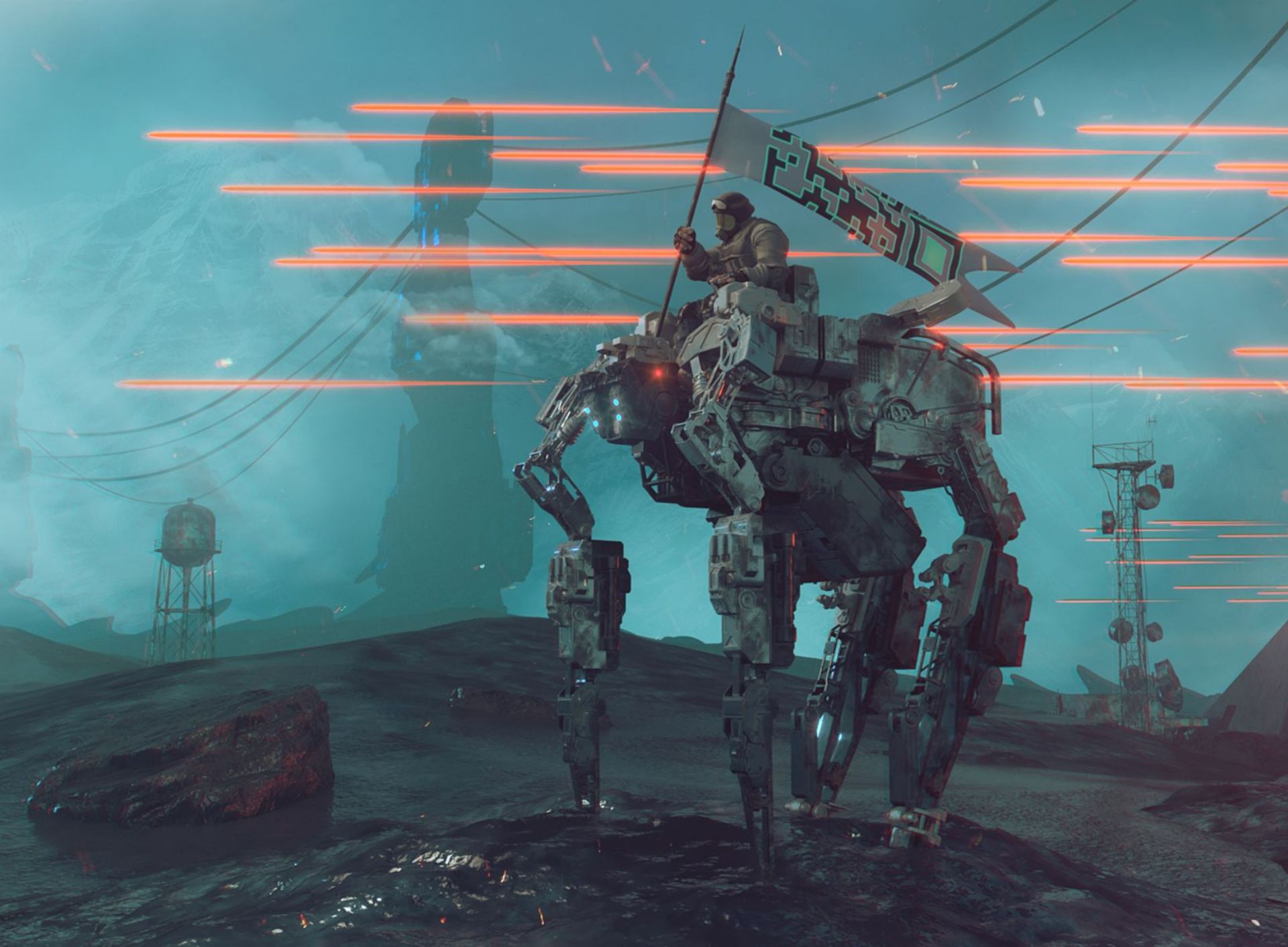
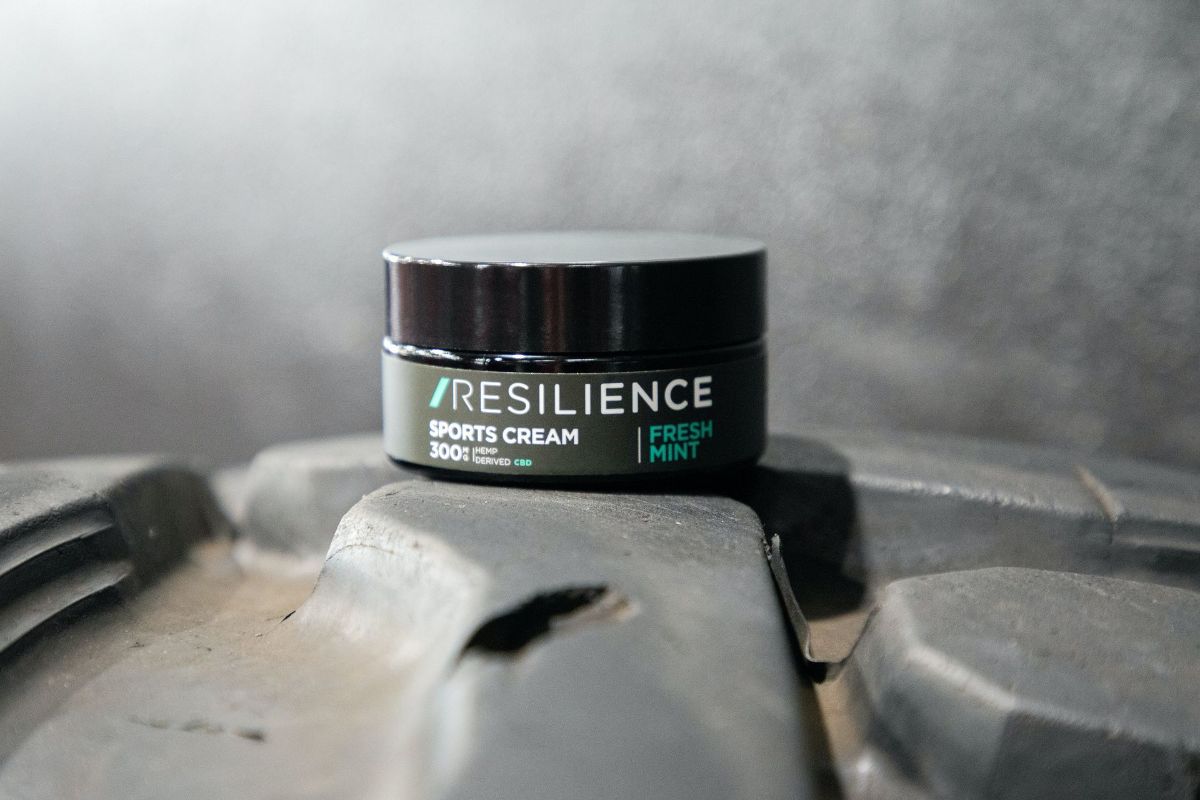
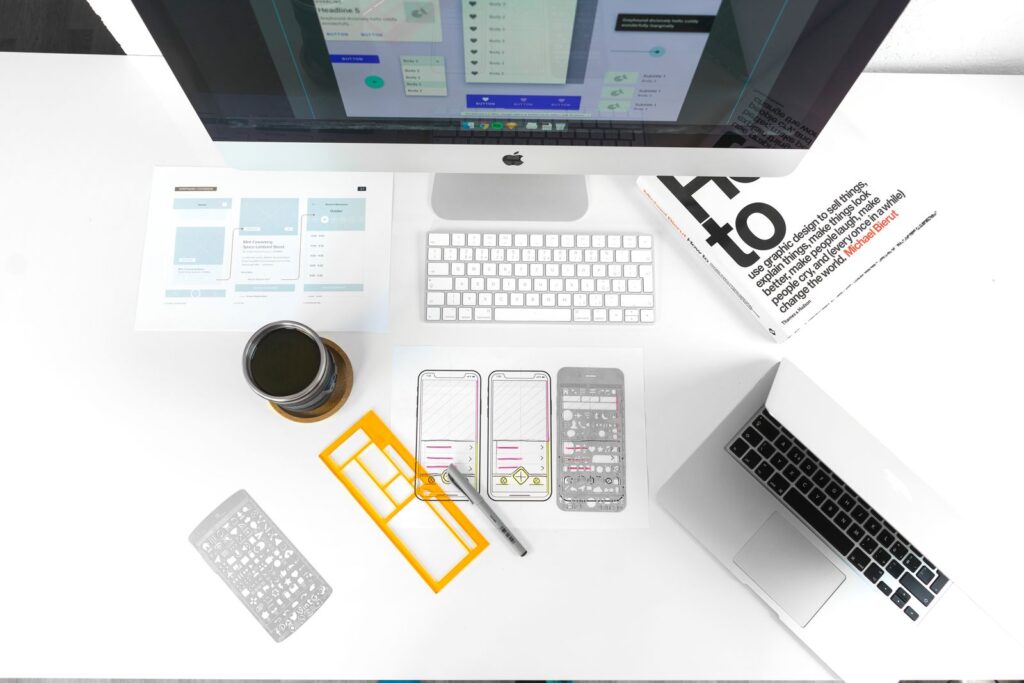
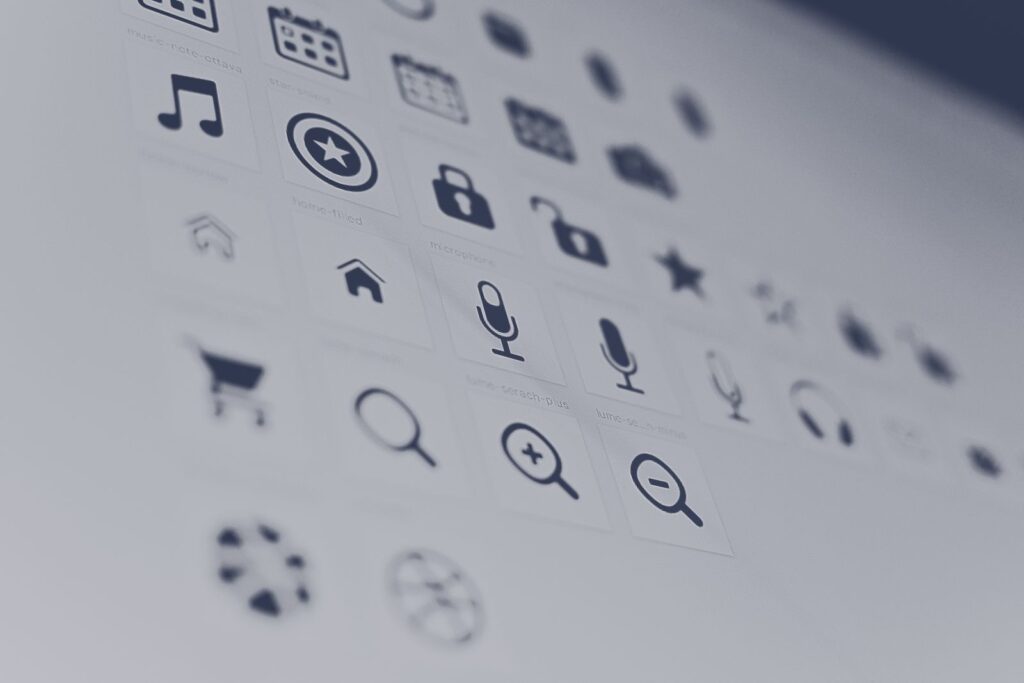

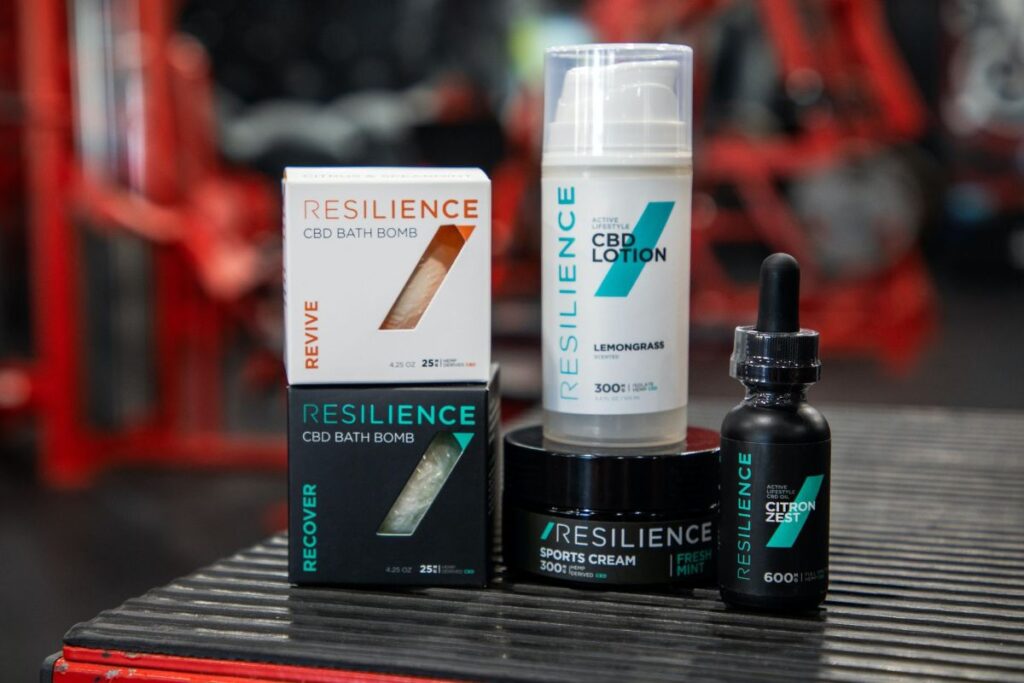
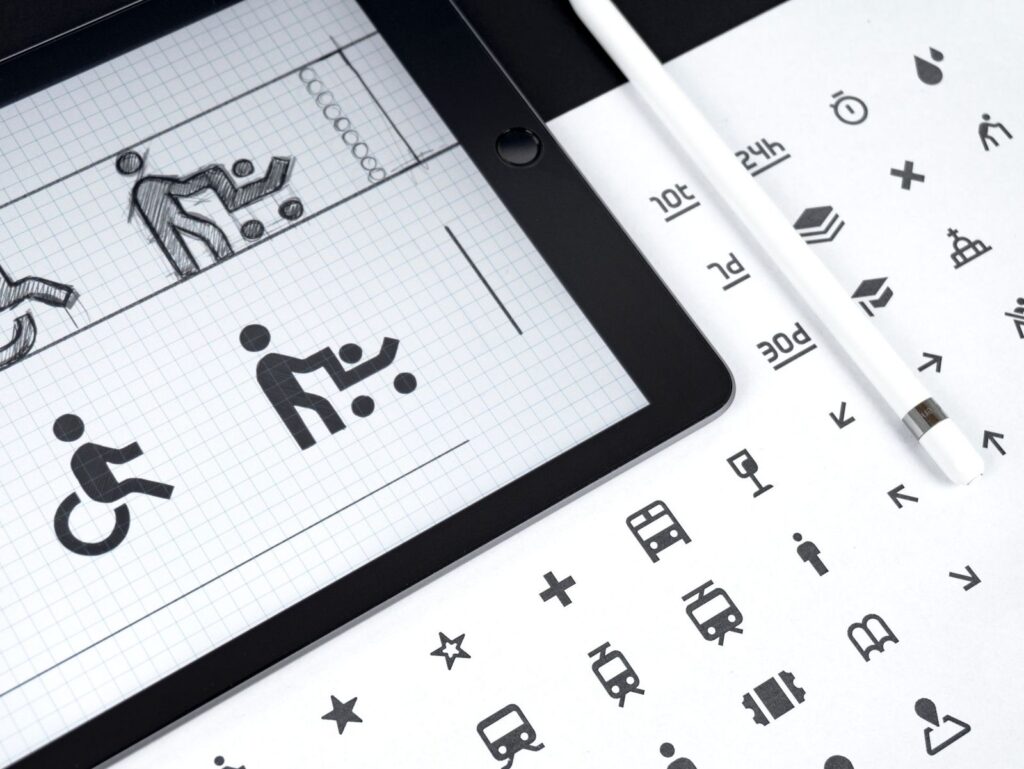
Designing for Impact, Innovation, and Growth
From leading research teams and building design systems to collaborating with developers and driving user-centered innovation, I thrive on solving complex problems in ways that are both creative and business-driven. My experience working across a variety of industries—education, gaming, e-commerce, and more—has given me the versatility to tackle any challenge that comes my way.
Ultimately, being a design generalist gives me the freedom to innovate without boundaries. It allows me to see the bigger picture, while never losing sight of the details that make an experience truly exceptional. It’s this combination of strategic thinking, creativity, and technical know-how that enables me to deliver designs that not only meet user needs but also deliver tangible results for the business.
